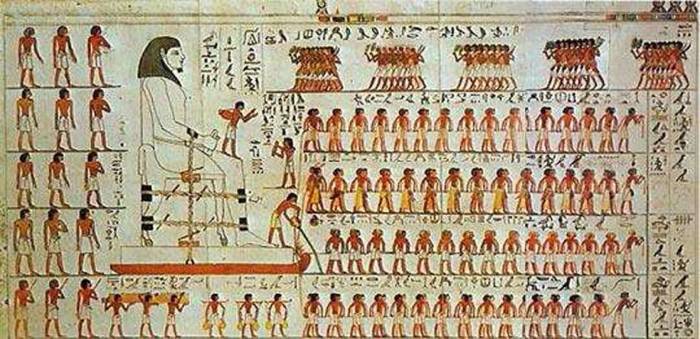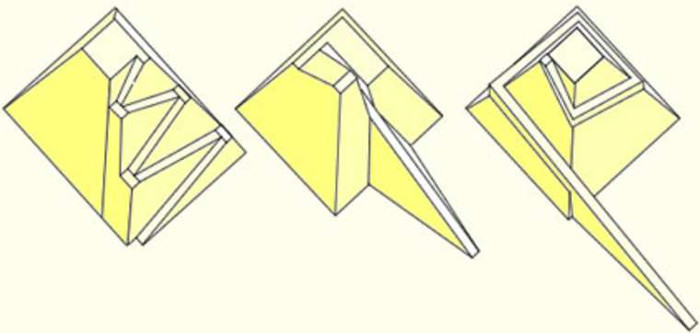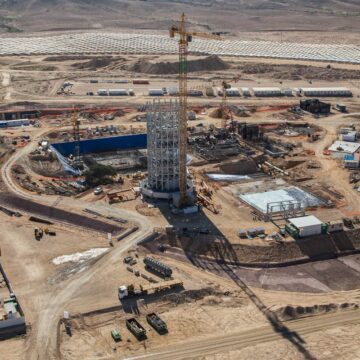One of the Seven Wonders of the Ancient World, the Great Pyramid of Giza, has remained a mystery for over 4500 years. The masterpiece built by 10 000 builders for over 30 years weighs over 3 million tons and reaches 138 meters. It held the record of being the tallest building on the planet for over 4000 years. There are many theories of how the Pyramids were built. Some of the wildest guesses are that they were built by aliens, but due to further research the ancient Egyptians seem to be more likely builders behind it all.
Until 1980 the predominant theory was that the pyramids were built with giant blocks of limestone that were moved all the way from the Nile and sculptured to the right shape in the desert. However, researches have proved this technique to be almost impossible to execute. Some have suggested that the blocks were casted right on the spot by mixing limestone, clay, water, lime and a highly active alkaline. Many of the joints between the blocks are so accurate that even a razor blade cannot be passed between adjoining blocks, which also supports this theory.

It remains unclear, which one of these theories is true. According to some researchers the Egyptians were mixing both methods by constructing the lowest levels with limestone. It’s known for sure, that the blocks weighing anything from 2 to 15 tons a piece were moved around the desert by using water to reduce friction between the sledge and the surface. By doing this the blocks could be dragged on sledges by muscle power, since no animals or wheels were used during the project. A lot of the building process has been covered until this day. Based on the most popular theory, the pyramids were most likely constructed using a ramp or a slide built on the exterior of the monument. The shape of the slide remains a mystery – it could have been a straight-on ramp, a zigzag-ramp, an internal-ramp or a spiral-ramp. The ramps were deconstructed afterwards and no signs of them ever existing were left behind.

The Pyramids are considered to be a unique example of the ancient architectural excellence. The Pyramid of Giza has preserved it original shape for over 4000 years and during that time the monument has sunk less than 2 centimeters. Furthermore, today’s building materials do not have an expected lifespan anywhere near 4,000 years and the capital of the US has sunk multiple times more in only 200 years.
The Pyramids are one of a kind when compared to buildings built today. Buildings nowadays burden the environment in a much greater way while having a friction of the lifespan of the Pyramids. Construction industry is one of the most polluting industries. Some specialist suggest that re-discovering the ancient Egyptians formula would enable us to produce low cost, sustainable, resilient, and highly durable building material nearly anywhere on the planet from materials sourced locally and provide us a far more durable and sustainable alternative for concrete.








